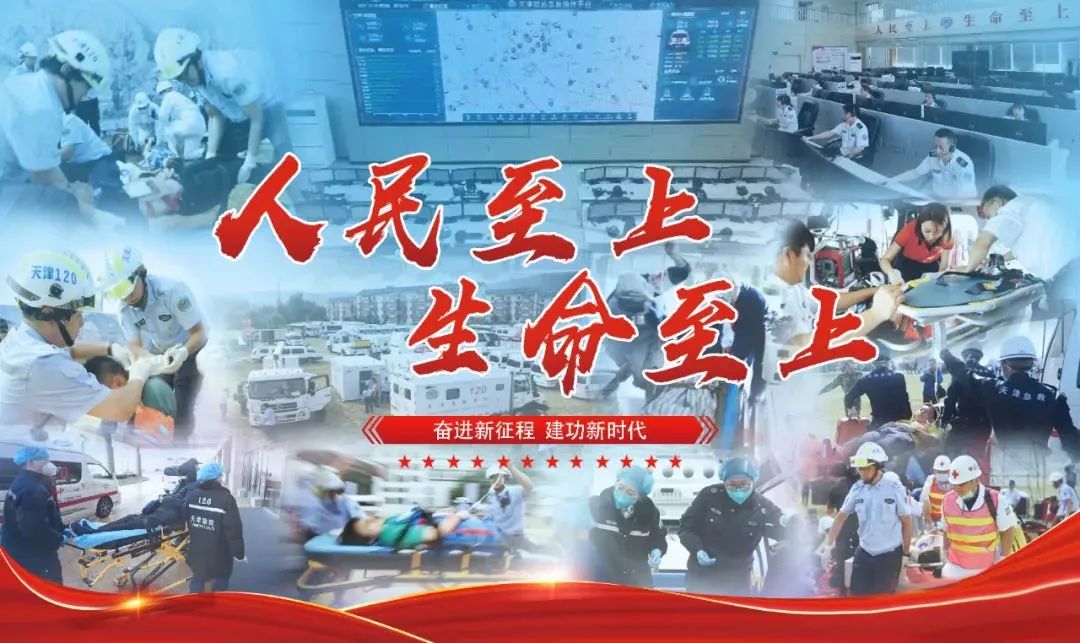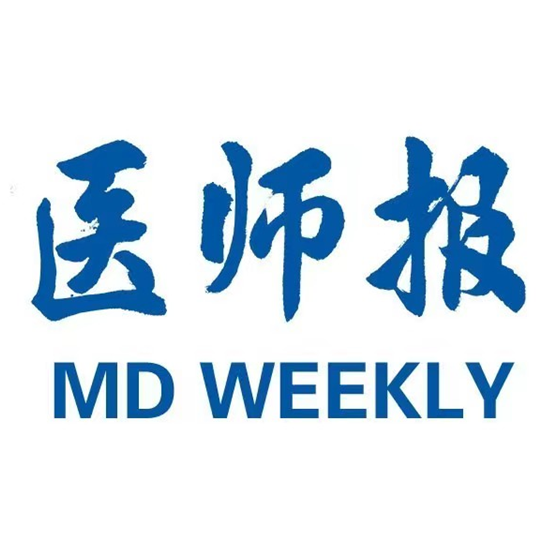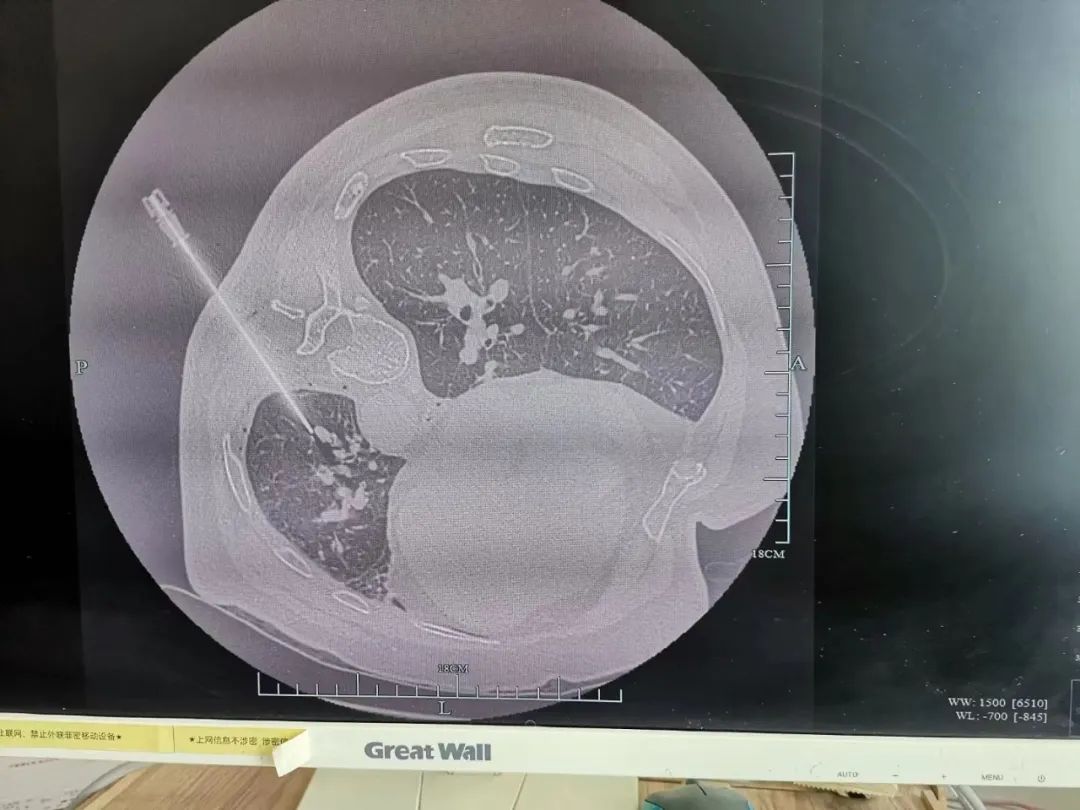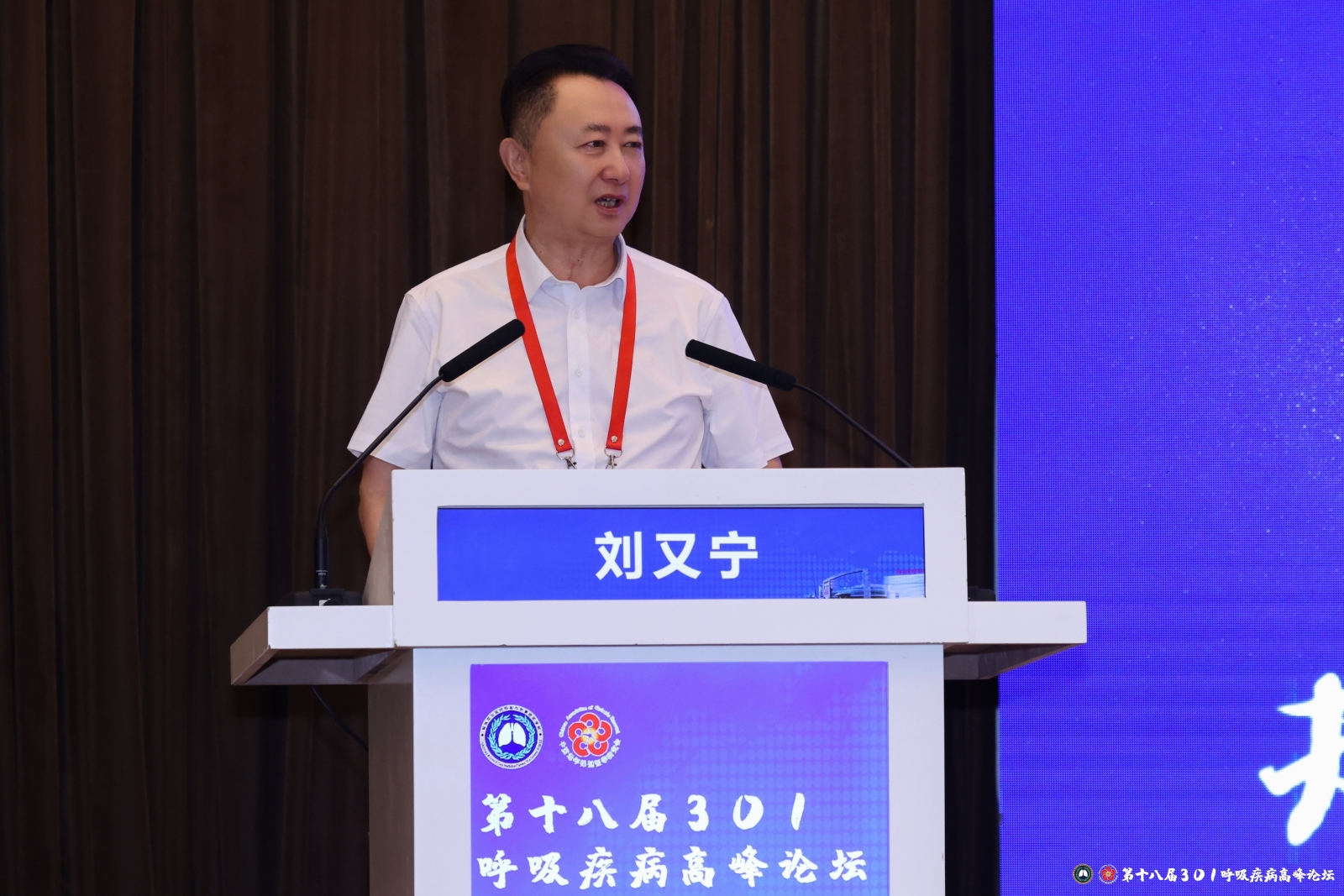中国武汉新冠肺炎患者发生ARDS及死亡的危险因素再解读
Risk Factors Associated With Acute Respiratory Distress Syndrome and Death in Patients With Coronavirus Disease 2019 Pneumonia in Wuhan, China
Chaomin Wu, Xiaoyan Chen, Yanping Cai, et al
JAMA Intern Med. 2020;180(7):934-943. doi:10.1001/jamainternmed.2020.0994
Abstract
Importance 背景
Coronavirus disease 2019 (COVID-19) is an emerging infectious disease that was first reported in Wuhan, China, and has subsequently spread worldwide. Risk factors for the clinical outcomes of COVID-19 pneumonia have not yet been well delineated.
新冠病毒感染(COVID-19)是一种新发传染病,首先在中国武汉报告,随后播散到全球。新冠肺炎患者临床预后的危险因素尚未明确。
Objective 目的
To describe the clinical characteristics and outcomes in patients with COVID-19 pneumonia who developed acute respiratory distress syndrome (ARDS) or died.
描述发生ARDS或死亡的新冠肺炎患者的临床特征及预后。
Design, Setting, and Participants 设计,场景与研究对象
Retrospective cohort study of 201 patients with confirmed COVID-19 pneumonia admitted to Wuhan Jinyintan Hospital in China between December 25, 2019, and January 26, 2020. The final date of follow-up was February 13, 2020.
2019年12月25日至2020年1月26日间,武汉金银潭医院收治的201名新冠肺炎确诊患者的回顾性队列研究。最后随访日期为2020年2月13日。
Exposures 暴露
Confirmed COVID-19 pneumonia.
确诊新冠肺炎
Main Outcomes and Measures 主要预后指标
The development of ARDS and death. Epidemiological, demographic, clinical, laboratory, management, treatment, and outcome data were also collected and analyzed.
发生ARDS和死亡。收集流行病学、人口统计学、临床、实验室、治疗和预后资料并进行分析。
Results 结果
Of 201 patients, the median age was 51 years (interquartile range, 43-60 years), and 128 (63.7%) patients were men. Eighty-four patients (41.8%) developed ARDS, and of those 84 patients, 44 (52.4%) died. In those who developed ARDS, compared with those who did not, more patients presented with dyspnea (50 of 84 [59.5%] patients and 30 of 117 [25.6%] patients, respectively [difference, 33.9%; 95% CI, 19.7%-48.1%]) and had comorbidities such as hypertension (23 of 84 [27.4%] patients and 16 of 117 [13.7%] patients, respectively [difference, 13.7%; 95% CI, 1.3%-26.1%]) and diabetes (16 of 84 [19.0%] patients and 6 of 117 [5.1%] patients, respectively [difference, 13.9%; 95% CI, 3.6%-24.2%]). In bivariate Cox regression analysis, risk factors associated with the development of ARDS and progression from ARDS to death included older age (hazard ratio [HR], 3.26; 95% CI 2.08-5.11; and HR, 6.17; 95% CI, 3.26-11.67, respectively), neutrophilia (HR, 1.14; 95% CI, 1.09-1.19; and HR, 1.08; 95% CI, 1.01-1.17, respectively), and organ and coagulation dysfunction (eg, higher lactate dehydrogenase [HR, 1.61; 95% CI, 1.44-1.79; and HR, 1.30; 95% CI, 1.11-1.52, respectively] and D-dimer [HR, 1.03; 95% CI, 1.01-1.04; and HR, 1.02; 95% CI, 1.01-1.04, respectively]). High fever (≥39 °C) was associated with higher likelihood of ARDS development (HR, 1.77; 95% CI, 1.11-2.84) and lower likelihood of death (HR, 0.41; 95% CI, 0.21-0.82). Among patients with ARDS, treatment with methylprednisolone decreased the risk of death (HR, 0.38; 95% CI, 0.20-0.72).
共201名患者纳入研究,中位年龄 51 岁(四分位区间,43-60岁),128 名 (63.7%) 患者为女性。84名 (41.8%) 患者发生ARDS,其中 44 名 (52.4%) 死亡。ARDS患者较未发生ARDS患者更多出现呼吸困难(分别为50/84 [59.5%] 和 30/117 [25.6%] [差异,33.9%; 95% CI, 19.7%-48.1%]),更多具有基础疾病如高血压(分别为23/84 [27.4%] 和 16/117 [13.7%] [差异,13.7%; 95% CI, 1.3%-26.1%])和糖尿病(分别为16/84 [19.0%] 和 6/117 [5.1%] [差异,13.9%; 95% CI, 3.6%-24.2%])。二元Cox回归分析显示,发生ARDS及从ARDS发展到死亡的危险因素包括高龄(风险比 [HR]分别为 3.26; 95% CI 2.08-5.11; 及 6.17; 95% CI, 3.26-11.67),中性粒细胞缺乏(HR分别为 1.14; 95% CI, 1.09-1.19; 和 1.08; 95% CI, 1.01-1.17)以及器官和凝血功能障碍(如LDH升高 [HR分别为 1.61; 95% CI, 1.44-1.79; 和 HR, 1.30; 95% CI, 1.11-1.52] 和D-二聚体升高 [HR分别为 1.03; 95% CI, 1.01-1.04; 和 1.02; 95% CI, 1.01-1.04])。高热 (≥39 °C) 伴随发生ARDS风险升高(HR, 1.77; 95% CI, 1.11-2.84),但死亡风险降低 (HR, 0.41; 95% CI, 0.21-0.82)。对于ARDS患者,甲基强的松龙治疗降低死亡风险(HR, 0.38; 95% CI, 0.20-0.72)。
Conclusions and Relevance 结论和意义
Older age was associated with greater risk of development of ARDS and death likely owing to less rigorous immune response. Although high fever was associated with the development of ARDS, it was also associated with better outcomes among patients with ARDS. Moreover, treatment with methylprednisolone may be beneficial for patients who develop ARDS.
可能由于免疫反应较弱,高龄伴随发生ARDS和死亡风险增加。尽管高热与发生ARDS相关,但在ARDS患者,发热伴随更好的临床预后。另外,甲基强的松龙治疗对ARDS的患者可能有益。
[评论]:
很早就已经在线发表的研究,讨论了大家关心的新冠肺炎病例,尤其是激素治疗的效果(相信很多同道仅仅关注了这一点,我是其中之一)
激素治疗病毒肺炎是铭刻在呼吸科老师骨子里的观念,难以撼动,但多数仅仅停留在严重个人偏倚的临床经验层面(仅仅记住了治疗效果好的病例,往往忘记了疗效不好的病例)
激素治疗明确促进呼吸道病毒复制,因此,在萌发任何使用激素的想法时,需要权衡病毒复制带来的风险与激素治疗的可能益处
在RECOVERY研究前,临床研究结果迥异,存在极大争议
本文报告,对于发生ARDS的新冠肺炎患者,激素治疗伴随病死率的降低。这一结果令人关注
上述发现是单因素分析的结果,多因素分析并未证实激素治疗与合并ARDS的新冠肺炎患者病死率之间存在相关性。
单因素分析显示,激素治疗伴随合并ARDS新冠肺炎患者病死率降低,与其他所有关于病毒肺炎激素疗效的队列研究结果都相反。其他研究的单因素分析无一例外的发现,激素治疗伴随病死率增加(这是因为临床医生更倾向于将激素用于重症患者)
我不太相信作者的单因素分析结果是可以重复的(恐怕这也是本研究最大的局限性之一)
单因素分析的结果为何作为本研究的重要结果之一呈现,除了大家都关注激素疗效这一个原因之外,好像没有更好的解释(其实这种呈现方式是不对的)
RECOVERY研究的阳性结果发表后,可能使得很多医生更有底气使用激素治疗病毒肺炎
然而,需要记住的是,病毒肺炎患者不应使用大剂量长疗程的激素治疗(个人观点,证据级别最低)
发表评论
最新评论

-

new【现场直击】“别慌,跟我做”——6个月婴儿憋气命悬一线 天津120调度员“云守护”化险为夷
2025-05-21 -

new首位互联网退休医生与30秒接诊时代的双向奔赴 | 医者故事
2025-05-20 -

new杨一红:急诊科院前院内衔接 打通生命“最后一公里” | 高端访谈
急救的每一分钟都关乎生死,我们要用科技打通生命通道的“最后一公里”。
2025-05-13 -

new潘曙明教授:完善法律 保障医患共同权益 | 高端访谈
潘曙明教授深入剖析了急诊医学面临的伦理法律挑战及学科未来发展路径。
2025-05-13
-

叶军:从事临床医学教育教学43年的4点感悟
2025-01-06 -

医师报在进博 | 跟着医师报小分队,感受科技赋予健康的魅力!
2024-11-06 -

冬季哮喘、慢阻肺患者该如何预防?朱玉龙:确保病情得到有效的控制是关键
2023-12-18 -
全国肿瘤宣传周:癌症防治 “三全”在行动——专家倡导抗癌从治病向防治管理转变
2023-04-10 -
世界肥胖日丨糖胖病:要控糖,先治胖
2023-03-03
-

朱玉龙:肺部下叶小结节的活检诊断策略分享
2023-06-14 -

儿童意外伤害可防可控,国家儿童医学中心儿童意外伤害中心成立!
2023-07-19 -

中国大型创新型药物真实世界研究即将启动,研究成果将惠及更多中国特应性皮炎患者
2023-07-17 -

仁济医院吴文广教授:引领国内ERCP发展潮流
2022-11-08 -

TEXT/SOFT研究报道8年无远处复发生存风险
2020-09-17 -

中国人民解放军总医院刘又宁: 讲好中国抗疫故事——重温我对新型冠状病毒感染的一己之见
2023-08-01 -
世界肥胖日丨糖胖病:要控糖,先治胖
2023-03-03






